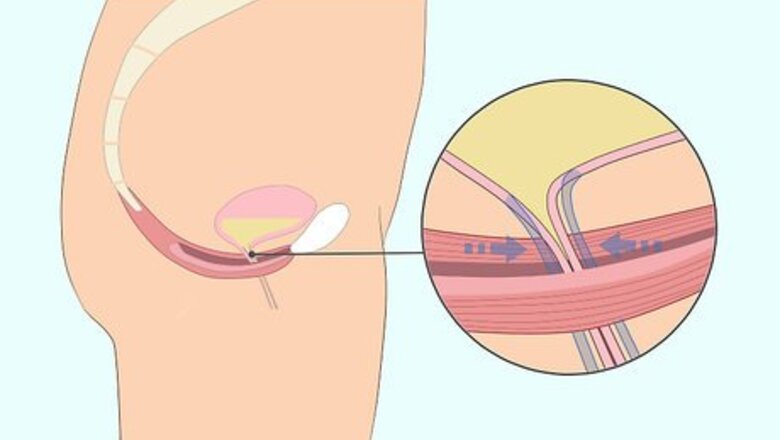
views
Preparing to Do Kegel Exercises
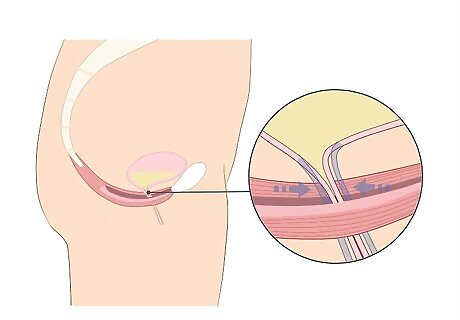
Find your pelvic muscles by stopping the flow of your urine mid-stream. Before you do your Kegel exercises, it's important to find your pelvic muscles. These are the muscles that form the floor of your pelvic floor. The most common way to find them is to try to stop the flow of your urine midstream. This tightening is the basic move of a Kegel. Let those muscles go and resume the flow of urine and you'll have a better sense of where those Kegels are. Just remember to see a doctor before you begin your Kegel exercises if you have any medical problems that may prevent you from doing Kegels safely. Note: Don't stop urinating midstream as your regular Kegel exercise routine. Doing Kegels while urinating more than twice a month can actually have the opposite effect, weakening the muscle. It may also cause damage to your bladder and kidneys.
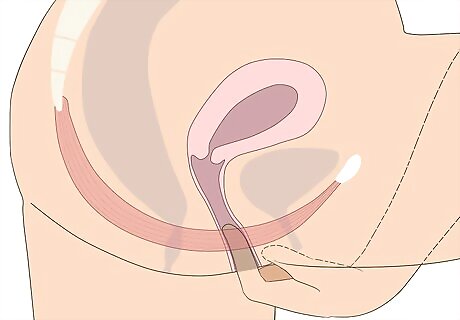
Insert a finger in your vagina or rectum if you can't find the right muscles. Wash your hands thoroughly. For women, insert a finger in your vagina. For men, insert a finger in your rectum. Tighten your muscles as if you are holding in urine. You should feel the muscles tightening and your pelvic floor move up. Relax and you'll feel the pelvic floor move back again. Remove your finger and wash your hands.
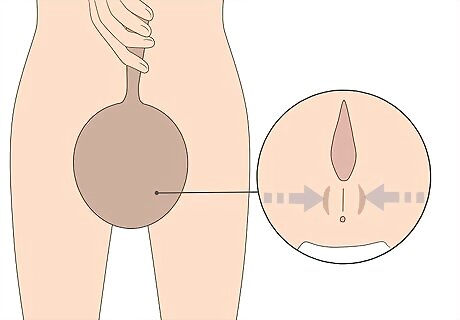
Use a hand mirror to find your Kegels. If you're still having trouble locating or isolating your Kegels, place a hand mirror below your perineum, which is the skin-covered area between your vagina and your anus. Practice squeezing and relaxing what you think are your Kegel muscles. If you do this correctly, you should see your perineum contracting, or lifting up, with each squeeze.
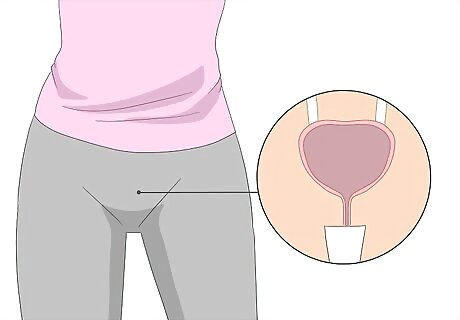
Make sure you have an empty bladder before you begin your Kegels. This is important. You don't want to do your Kegels with a full or a partially full bladder, or you may experience pain while you do your Kegels, as well as some leakage. Before you start your exercise routine, do a bladder check so you can perform those exercises as efficiently as possible.
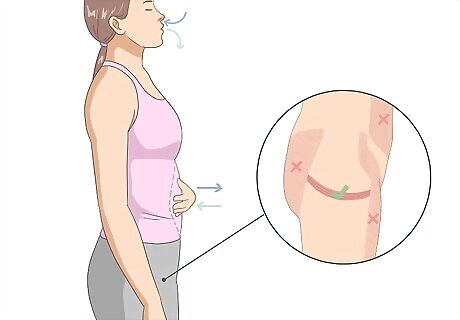
Concentrate on only tightening your pelvic floor muscles. Your Kegel exercises should focus on these muscles only, so avoid flexing other muscles, such as your buttocks, thighs, or your abdomen, for best results. To help your concentration and the efficiency of your movements, make sure you breathe in and out as you perform each set of Kegels, instead of holding your breath. This will help you relax and get the most out of your pelvic floor exercises. One way to keep your muscles relaxed is to place one hand on your belly to make sure that your belly is relaxed. If your back or belly ache a bit after you complete a set of Kegel exercises, then it's an indication that you're not doing them correctly.
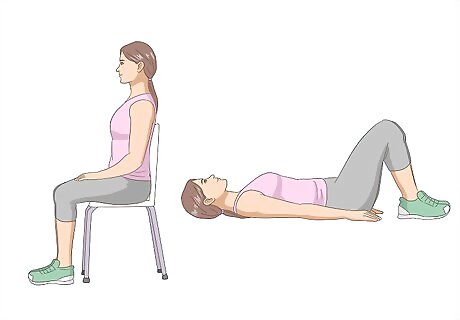
Get into a comfortable position. You can do these exercises either sitting in a chair or lying on the floor. Make sure your buttocks and tummy muscles are relaxed. If you are lying down, lay flat on your back with your arms at your sides and your knees up and together. Keep your head down, too, to avoid straining your neck.
Doing Kegel Exercises
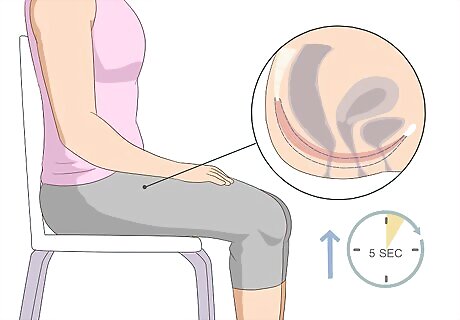
Squeeze your pelvic floor muscles for five seconds. When you're just starting off, this is a great length of time for the exercise. You don't want to strain those muscles too much by squeezing them for too long. If five is even too long for you, you can begin by squeezing those muscles for just 2-3 seconds.
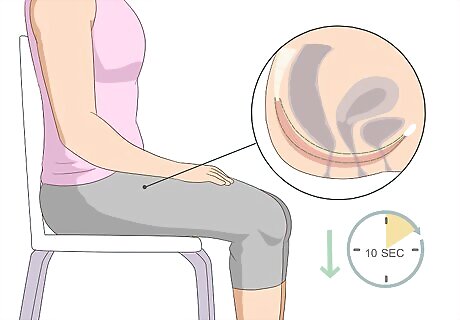
Release your muscles for ten seconds. Ideally, always give those pelvic floor muscles a ten-second break before you repeat the exercise. This gives them enough time to relax and avoid strain. Count to ten before you begin the next repetition.
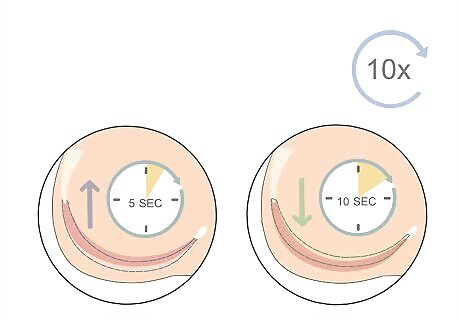
Repeat the exercise ten times. This can be considered one set of Kegels. If you started off by squeezing those muscles for five seconds, then squeeze them for five seconds, relax them for ten, and repeat this exercise ten times. This should be enough Kegels for one time and you should do the same set of ten 3-4 times a day, but no more.
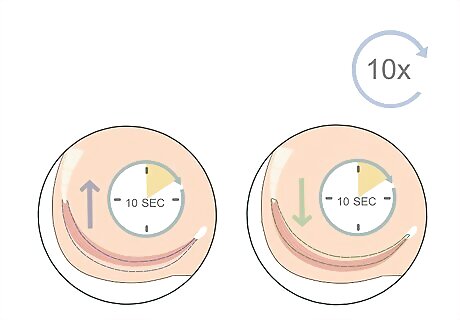
Build toward squeezing your pelvic floor muscles for ten seconds at a time. You can increase the amount of time that you squeeze those muscles each week. There's no need to do them for any longer, or to do more than one set of them per time. Once you've reached the magic number of ten seconds, stick to it, and continue to do one set of 10 10-second squeezes 3-4 times a day.
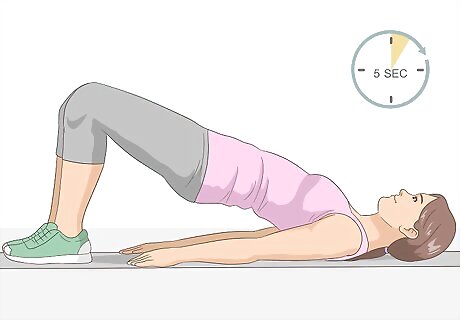
Try pull-in Kegels. This is another variation of the Kegel. To perform a pull-in kegel, think of your pelvic floor muscles as a vacuum. Imagine you are trying to suck in water and pull in your entire pelvic floor. Hold this position for 5 seconds and then release it, breathing normally the entire time. Wait for 5 seconds, then repeat the exercise.
Getting Results
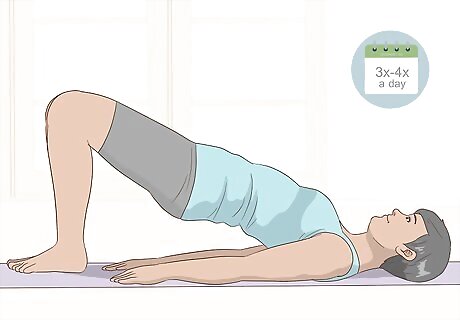
Perform your Kegel exercises at least 3-4 times a day. Make Kegels a part of your daily routine. Three to four times a day is doable, as each Kegel session won't last very long, and you can find ways of fitting Kegels into your daily routine. You can aim to do them in the morning, afternoon, and evening so begin to do them like clockwork, instead of worrying about scheduling a time to do your Kegels.
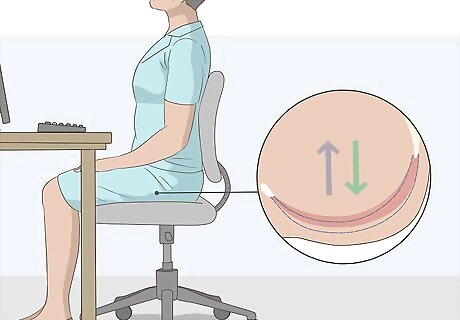
Fit Kegels into your busy routine. The best part about doing Kegels is that you can do them without anyone knowing. You can do them while you're sitting at your desk in your office, having lunch with your friends, or just relaxing on the couch after a long day at work. Though lying down and isolating your Kegels and focusing hard is important for beginners, once you get the hang of isolating those muscles, you can do your Kegels almost anywhere at any time. You can even make a habit of doing them during a routine activity, such as checking your email. Once you've found a set of Kegel exercises that works for you, stick to this routine instead of doing even more Kegels, or doing them more strenuously. If you overdo it, you may suffer from straining when you have to urinate or move your bowels. Just remember that, while stopping urination midstream is a great way to locate your Kegels, don't actually do your Kegels routinely while urinating or you may suffer problems associated with incontinence.
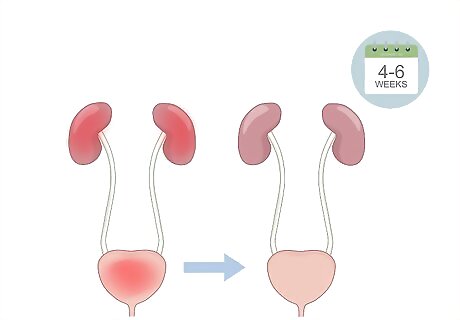
Expect results in a few weeks or months if you do Kegels regularly. Kegels may prevent further urinary tract problems. Some people get frustrated because they do Kegels for a few weeks and don't feel any difference. Stick with it long enough to feel the changes in your body. According to the National Institutes of Health (NIH), you may be able to feel results, such as improved bladder control, as early as after 3-6 weeks.
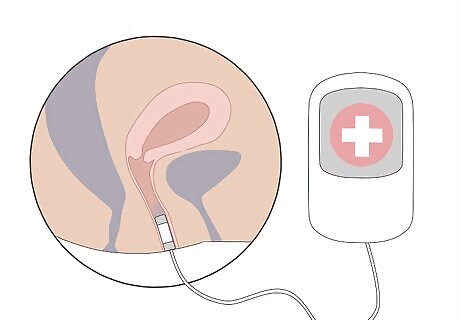
Ask for help if you don't think you're doing Kegels properly. Your doctor can help you identify and isolate the correct muscles to perform the exercise. If you feel like you've been doing Kegels for a considerable amount of time, such as a few months, and have seen no results, then seek help from your doctor. Here's what your doctor can do for you: If necessary, your doctor can provide biofeedback training. This involves placing a monitoring device inside your vagina, and electrodes externally. The monitor can tell you how successful you were in contracting your pelvic floor muscles and how long you were able to hold the contraction. A doctor can also use electrical stimulation to help you identify the pelvic floor muscles. During this process, a small electrical current adheres to the pelvic floor muscles. When activated, the current automatically contracts the muscle. After some use, you'll most likely be able to reproduce the effect on your own.
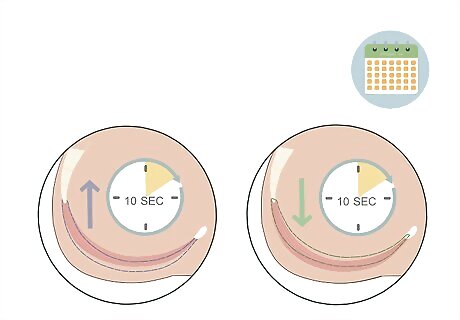
Continue doing your Kegels to keep incontinence at bay. If you want to keep those muscles strong and avoid incontinence, continue doing your Kegels. If you stop them, even after months of exercise, your incontinence problems may return. Keeping those muscles in shape requires commitment.










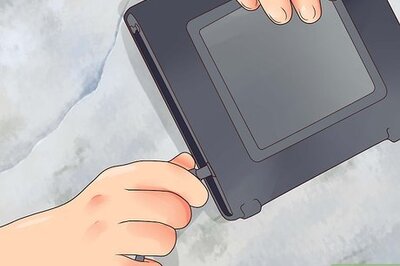




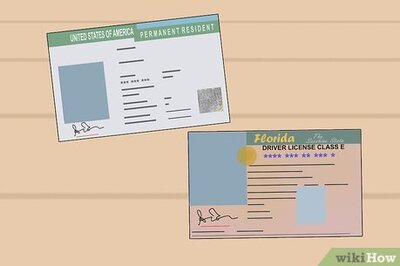


Comments
0 comment